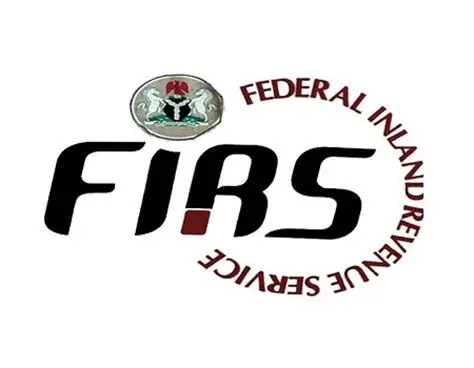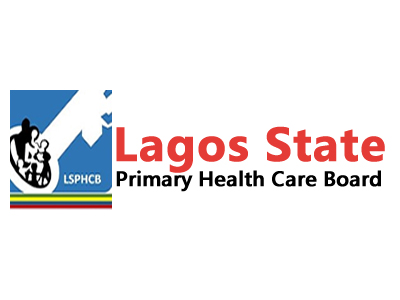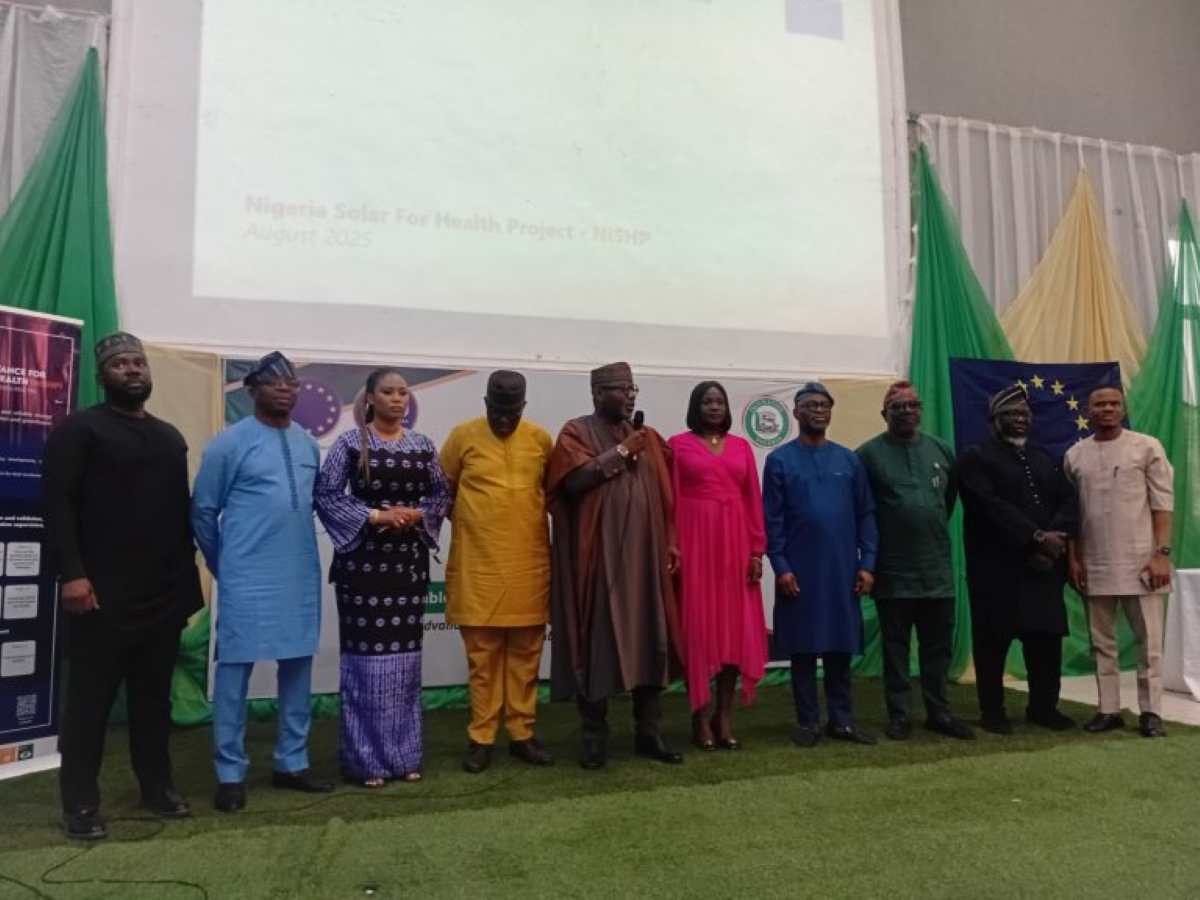 The integration of risk management and financial analysis is proving to be a game-changer in project management, especially in industries where cost control and risk mitigation are critical to success.
The integration of risk management and financial analysis is proving to be a game-changer in project management, especially in industries where cost control and risk mitigation are critical to success.
In a new research study by Oluwabunmi Ayoade, a leading expert in risk and project management, has provided empirical evidence on how this integration influences project performance across multiple sectors.
Her paper, Comparing and Merging Risk Management with Financial Analysis in Project Management, presents a comprehensive, multi-case study analysis demonstrating how aligning these two critical functions leads to better project outcomes.
Ayoade’s research utilizes multiple case study methodology, drawing insights from construction, IT, infrastructure, and energy sector projects. Her study establishes a clear correlation between integrated risk management and financial analysis, showing that projects implementing these techniques experience better cost control, more accurate budgeting, and improved risk mitigation compared to those that manage them separately.
Speaking on the findings, Ayoade emphasised that a data-driven, systematic approach to merging these two fields can significantly impact project performance. “Projects that leverage Monte Carlo simulations, sensitivity analysis, and earned value management (EVM) for both financial forecasting and risk assessment tend to have better decision-making frameworks, resource allocation efficiency, and alignment with planned objectives,” she stated.
Her research highlights real-world case studies that demonstrate the impact of this integration.
According to her, the Highway Expansion project (construction sector) and the Oil Refinery project (energy sector) successfully used predictive risk modeling and financial analysis tools to anticipate financial fluctuations, allocate resources efficiently, and avoid cost overruns.
These projects showed that early integration of risk management led to improved decision-making and performance outcomes.
On the other hand, Ayoade’s study also exposes the consequences of poor integration. The Software Development project (IT sector) faced financial overruns and project delays due to an absence of structured risk management practices.
This case underscores the importance of embedding risk analysis into financial forecasting to prevent unnecessary project disruptions.
Her research also explores key barriers to integration, including cultural resistance, tool sophistication, and data quality challenges.
Ayoade points out that while the benefits of merging risk and financial management are evident, organizations often struggle with implementation due to legacy systems, lack of skilled personnel, and resistance to change.
She stresses the need for proper training, stakeholder buy-in, and investment in advanced risk-finance tools to overcome these obstacles.
Ayoade’s findings reinforce the need for an integrated approach, particularly in mega-projects with high risk exposure. “For large-scale infrastructure and energy projects, failing to integrate risk and financial analysis is no longer an option,” she explained.
“These projects operate in volatile environments where financial miscalculations or unforeseen risks can lead to significant losses. A combined strategy enhances cost estimation accuracy, risk predictability, and overall project resilience.”
At Oath for Sustainability Network in Chicago, where she currently serves as a Risk and Project Manager, Ayoade applies these methodologies to enhance risk mitigation and financial performance across various projects.
One of the standout methodologies in her paper is the application of Monte Carlo simulations and scorecards in project evaluation. She explains that these tools allow project managers to simulate different financial and risk scenarios, enabling proactive decision-making rather than reactive problem-solving. “
Ayoade’s research contributes significantly to shaping the future of risk-aware financial forecasting in project management. By combining empirical evidence with practical case studies, her work provides a blueprint for businesses aiming to enhance project success rates through better integration of risk and financial analysis.
As a Fellow of the Institute of Management Consultants (FIMC, CMC) and a mentor in global risk and compliance organizations, Ayoade is committed to driving industry-wide change through research, mentorship, and professional development. Her study is already being recognized as a valuable resource for policymakers, financial analysts, and risk management professionals looking to improve project execution and cost efficiency.
Looking ahead, Ayoade calls for greater adoption of AI-driven risk analytics and predictive modeling in project finance. She argues that as projects become more complex and high-stakes, organizations must move beyond traditional financial forecasting and incorporate dynamic, real-time risk management strategies.
Her study concludes with a strong call to action: Organizations that embrace integrated risk-financial management frameworks will gain a competitive edge, ensuring better cost control, enhanced project resilience, and long-term sustainability.
With data-driven methodologies and strategic implementation, businesses can achieve superior project performance while mitigating financial and operational risks.
Through her pioneering research, Ayoade is setting a new standard in risk-aware financial forecasting, offering practical insights that bridge the gap between risk analysis and financial strategy in project management.





